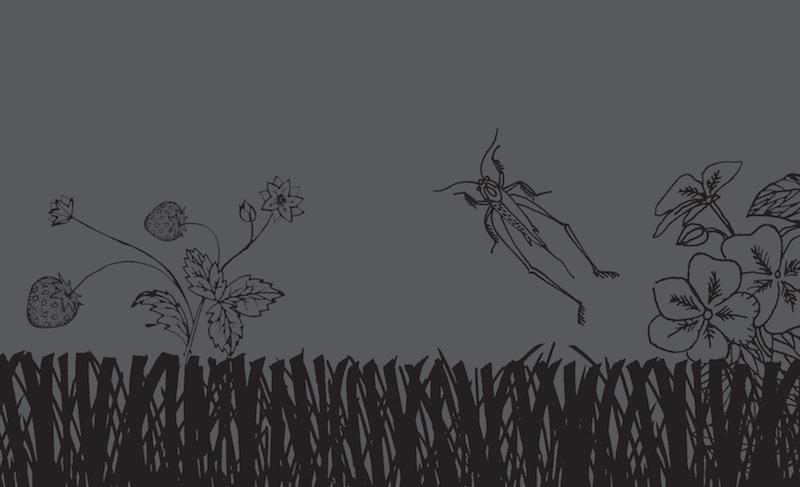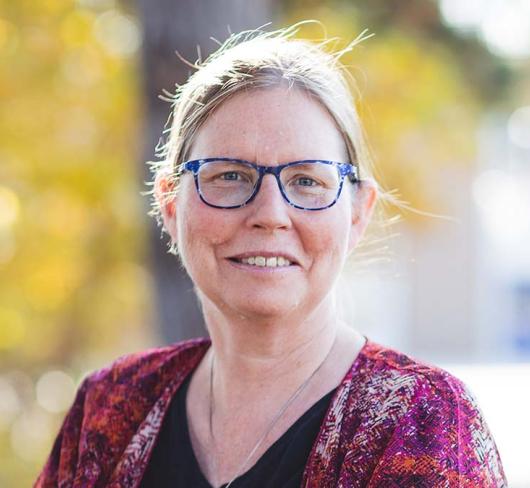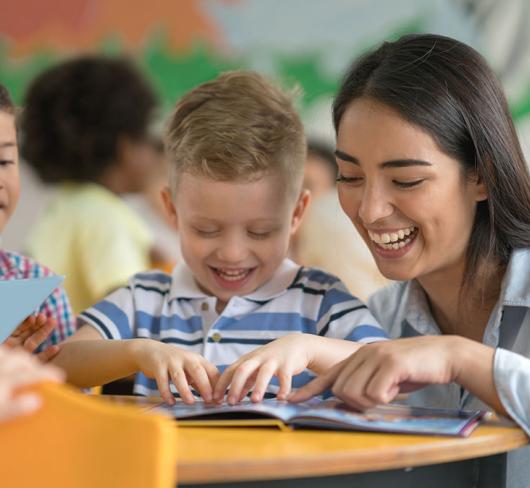
Inclusive Literature: Choosing Resources to Represent Disability in the Classroom
As educators we need to be very intentional about the resources we have in our classrooms, our libraries and our lessons. Our students need to see themselves represented in the books that are read aloud and used in reading lessons. Teachers who work in schools where the student population includes a variety of cultures and religions know this and work hard to build libraries that are inclusive. It is equally important that students see diversity represented in those resources even when their schools and classrooms are more homogenous. As educators we have the opportunity to teach our students about the world in which we live and the myriad of peoples who live on the planet with us.
Representation of diversity must include people with disabilities. While there are often children with autism or learning disabilities in our schools, it is less common for a class to have a student who is blind, or deaf, has a physical disability or uses a wheelchair or mobility device. Prejudice grows from fear of the unknown. Quality literature featuring children with disabilities can help create an understanding of how children of all abilities and challenges have many qualities in common.
In many cases, books about children with disabilities are stilted and exist only to inform. As a result, they sometimes create the setting for seeing the individual as “special and different.” While these books can serve a purpose, if the teaching intent is to inform, it might be better to look for well-written non-fiction for children about specific disabilities. If we want to convey the message that people with disabilities are an integral part of our communities, we need to search out creative and engaging books in which the characters are interesting, part of a loving circle and living lives much like their non-disabled peers. It can be a challenge to find stories with characters who have a disability, but the disability is not the only reason for the book to exist. We want to expose our students to stories that capture their imagination and encourage their love of reading. If we can do that with books that also show them that people are wonderfully interesting and diverse, so much the better.
The following resources can be enjoyed as stories on their own. They can lead to discussions about how disabilities can present challenges, but don’t have to prevent children from doing all the things children love to do. They can open our eyes to seeing the world through different perspectives. If you have a student with a disability in your classroom, then resources like these are vitally important to include in your library and lessons. If you don’t have children with disabilities in your classroom or school, perhaps it is even more essential.
My Three Best Friends and Me, Zulay by Cari Best, illustrations by Vanessa Brantley-Newton, (2015)
Zulay and her three best friends like to sing, help each other in school and play together outside at recess. Zulay is blind and her classmates want to learn how to read Braille like she does. They also want to learn how she uses her cane. Zulay doesn’t want to stand out and look different but she rises to the challenge of learning to use her cane to run a race on Field Day.
This is a book that can be revisited many times. It stands alone as a story that children can connect to about learning something difficult, wanting to fit in, depending on friends. During a math lesson, students can be asked to identify and describe shapes and figures without looking, and a partner can draw what is described. In gym class, children can lead each other through obstacles with one partner blindfolded.
The Black Book of Colours by Menena Cottin, illustrated by Rosana Faria, translated by Elisa Amado, (2008)
This is a lovely rich book with simple text and wonderfully embossed illustrations that help children imagine what it is like to hear, smell, touch and taste colours. The comparisons are creative and amusing (brown sometimes smells like chocolate and other times it stinks) and both the companion Braille text and raised designs will engage students’ curiosity.
This story can be used to teach about figurative language, metaphors and similes. Students can be challenged to imagine how they could describe objects, experiences and feelings using all of the senses. It can be used as a provocation for creating three-dimensional art that can be felt with eyes closed.
Both My Three Best Friends and Me, Zulay and The Black Book of Colours might inspire curiosity about Braille. This can be explored on its own in the community (does the school elevator have Braille on its buttons?) or lead to further inquiry about different languages, symbolic codes (Morse Code for example) and how they have been used throughout history.
The Deaf Musicians by Pete Seeger and Paul Dubois Jacobs, illustrated by R. Gregory Christie, (2006)
Lee is a jazz piano player who loses his hearing and as a result loses his job in his band. He learns sign language and encounters other deaf musicians. The group forms a band and continues to express their love of music to themselves and others through sign language, music and movement. The illustrations in the book are simple and vibrant. The text uses a variety of fonts and styles to convey the sounds of music.
Many students have some experience seeing sign language. They might know how to finger spell their names, or to sign while singing O Canada, but this does not allow them to see the richness of communication in this visual language. The story can explore the different ways artists express themselves using all their senses. Watching videos of songs and plays being performed by deaf artists can introduce students to the depth of expression possible using languages such as American Sign Language (ASL). During music class, students can explore the stories and emotions that can be conveyed through beat, vibration, intensity, interpretive movement and dance. A study of musicians and music genres can begin with an exploration of jazz music sounds and history. The text in the book lends itself to discovery of onomatopoeia (plonk, shish) and can prompt students to use this technique in their own writing.
Ballerina Dreams by Lauren Thompson, photographs by James Estrin, (2014)
This is a true story about five young children who want to learn ballet. The book includes straight text that tells the story of a dance recital and the nervousness and excitement children feel during such an experience. The beautiful photographs add a depth to the story by showing the concentration and joy on the faces of the dancers, as well as providing a visual introduction to the braces, canes and mobility devices the students use. The prelude, text boxes and appendices detail further information about cerebral palsy, the dancers, their teachers and dance school.
Educators can include this book in their classroom libraries as a wonderful example of non-fiction that tells a story to which many children can connect. The photographs are expressive and can lead to discussion about facial expressions, body language and emotions. At a deeper level the students might explore why these dancers were not accommodated in ‘regular’ ballet classes and how we can make changes so that all children are included in our communities.
While I have highlighted just a handful of books in this article, they all feature characters who are complete individuals, with families who love them and a variety of interests and hobbies. The children face challenges, struggle and fail, play with their friends and live their lives fully. Disabilities shouldn’t be kept secret or hidden for this implies that there is something shameful or wrong about being blind, or deaf or differently abled. Neither should people with disabilities be lauded as inspirational heroes for overcoming the challenges they face as a result of their disability. Both of these views set those individuals apart and allow them to be viewed as “other.” Our goal as educators must be to support our students to discover that all people, regardless of ability, should be understood as whole human beings worthy of our respect, kindness and acceptance.
Educators who want to explore some of these concepts in more depth, and to examine other resources may wish to look at Everyone is Able, a resource about disabilities published by ETFO, that includes a DVD and a CD guidebook. It can be used along with Social Justice Begins with Me. Both these guidebooks include lessons and ideas for primary, junior and intermediate divisions with an emphasis on courageous conversations, courageous reflections and courageous actions.
Kit Luce is a member of the Simcoe County Teacher Local.

